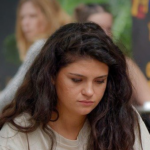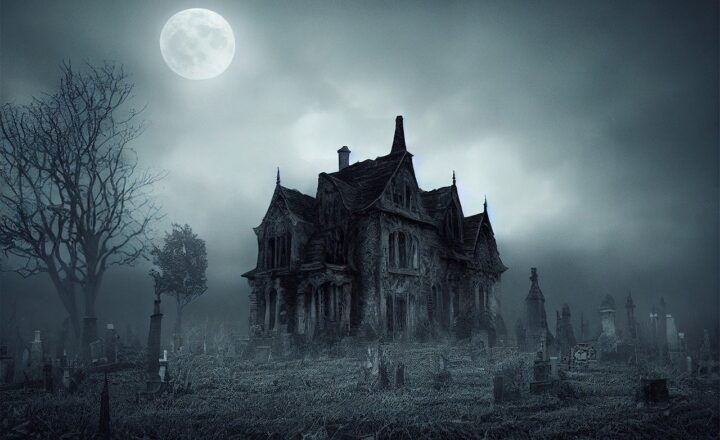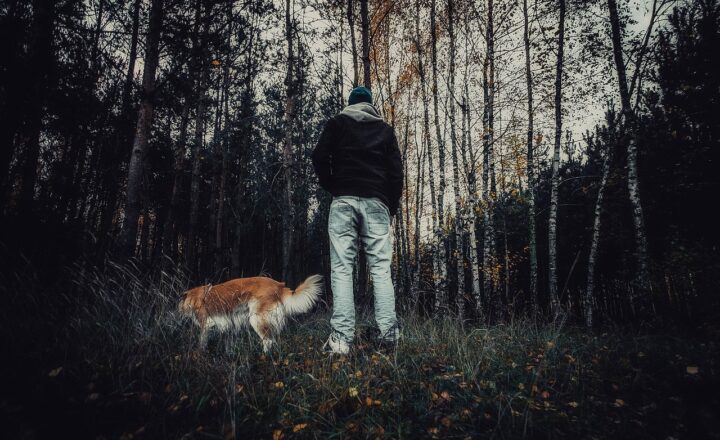
Classic horror movies have a unique ability to send shivers down our spines, even decades after their release. From the gothic atmospheres of the 1930s to the psychological terror of the 1970s, films like “Dracula,” “Psycho,” and “Night of the Living Dead” have left an indelible mark on cinema and culture. This article will explore the reasons behind the enduring appeal of these films, examining their themes, aesthetics, and cultural significance.
1. The Roots of Fear: What Defines Classic Horror
Horror as a genre is rich in history, with roots tracing back to folklore and storytelling traditions. Classic horror films, which flourished in the early to mid-20th century, tap into primal fears and societal anxieties. These films often reflect the zeitgeist of their times, addressing issues like war, mortality, and societal breakdown. As audiences experience these fears through the lens of fiction, they resonate deeply within the psyche.
Some defining characteristics of classic horror include:
- Atmospheric Direction: Directors like Alfred Hitchcock and Tod Browning created films with carefully crafted atmospheres that evoke unease and dread, utilizing shadow and sound design.
- Iconic Monsters: From Dracula to Frankenstein, these films introduced memorable monsters that symbolize various fears—whether they be about the ‘other’ or uncontrollable forces in society.
- Psychological Depth: Classic horror often delves into psychological horror, exploring the frailty of the human mind. Films like “Psycho” highlight how fear can come from within, presenting madness as a more terrifying force than any monster.
These traits contribute to the lasting impact of classic horror films, allowing them to remain relevant across generations.
2. Timeless Themes: Fear, Isolation, and the Monstrous Other
The themes prevalent in classic horror films address universal anxieties that continue to resonate today. The overpowering dread of the unknown and the fear of isolation are common threads that weave through these narratives.
**Fear of the Unknown:** One of the most ancient fears is that of the unknown. Classic horror often employs this theme by presenting enigmatic creatures or supernatural forces that defy explanation. The anticipation building from suspense serves to enhance fear, drawing viewers into a visceral experience.
**Isolation:** Many classic horror films feature protagonists who are isolated—physically or socially. This isolation amplifies their vulnerability, making them susceptible to external threats or internal madness. In films like “The Shining,” isolation exacerbates existing familial or personal issues, turning a seemingly tranquil setting into a nightmarish landscape.
**The Monstrous Other:** Another enduring theme is the ‘other’—the representation of societal fears surrounding differences, be it race, gender, or sexuality. Classic horror films often have supernatural or monstrous figures embodying these fears, instigating conflict and ultimately revealing deeper societal issues. The depiction of these monsters becomes a metaphor for stigmatized groups, invoking complex discussions about acceptance and rejection in society.
3. Cultural Reflection: Social Context and Critique
Classic horror films are often a mirror reflecting the societal issues of their times. For example, the horror genre flourished during periods of social upheaval. Films like “Night of the Living Dead” not only terrified audiences with their portrayal of the undead but also offered critiques of contemporary society, as seen through its commentary on race relations and civil rights.
During the Cold War, horror films like “Invasion of the Body Snatchers” played upon fears of conformity and loss of individuality, suggesting that paranoia about the ‘other’ could infect society. As audiences revisit these films today, they can see parallels to present-day issues, enhancing their relevancy and chilling power.
**Generational Fear:** Horror films frequently adapt to contemporary anxieties. As each new generation encounters its fears, classic horror serves as an intriguing time capsule through which viewers can explore how societal concerns have evolved, yet the core fears remain unchanged.
4. Cinematic Techniques: Style Meets Substance
The unique visual and auditory elements of classic horror contribute significantly to their haunting legacies. Directors employed various techniques to craft an atmosphere that engaged the audience’s senses in compelling ways.
**Innovative Cinematography:** Many classic horror films are renowned for their pioneering cinematography, establishing visual styles that are still referenced today. Accepting lighting and camera angles can evoke fear and anxiety, influencing how audiences interpret scenes. For instance, the use of low-angle shots in “Psycho” adds to Norman Bates’s sinister presence, unnerving viewers about his true nature.
**Sound Design:** From the iconic screech of the shower scene in “Psycho” to the chilling score of “Jaws,” sound plays a vital role in shaping the horror experience. The strategic use of silence and shocking sound effects heightens tension, making audiences jump and evoking lasting dread long after the credits roll.
**Symbolic Imagery:** Classic horror films often incorporate imagery that signifies deeper meanings, connecting with audiences on an unconscious level. For instance, the blood in “Carrie” symbolizes societal oppression and the eventual awakening of hidden power. Such imagery haunts viewers by evoking emotional responses linked to real-life fears and desires.
5. Legacy and Influence: Inspiring Future Generations
The impact of classic horror films extends far beyond their original runs. They have inspired countless filmmakers, spawning a rich legacy that has shaped the genre’s evolution. Many contemporary horror films draw upon the foundations laid by classics, incorporating themes, styles, and narrative techniques that ensure their horror remains fresh and influential.
**Remakes and Reboots:** Numerous classic horror films have been resurrected for modern audiences. While these remakes can vary in quality, they often seek to breathe new life into beloved stories, exploring current societal issues while staying rooted in familiar narratives. Films like the reboot of “It” illustrates how nostalgia and fear intertwine, rekindling interest in the original material.
**Cultural Events:** Classic horror continues to thrive through cultural events, providing platforms for fans to engage with the genre. Events such as horror film festivals and Halloween celebrations draw attention to the classics, allowing new audiences to experience the terror of yesteryear.
As filmmakers continue to innovate, the ‘classic’ horror films will always remain a cornerstone of the genre, reminding audiences of the fundamental human experience of fear.
Conclusion: The Enduring Allure of Classic Horror
There’s an inexplicable allure that draws us back to classic horror films time and again. They invoke a fascinating cocktail of dread, nostalgia, and cultural reflection, allowing viewers to confront their fears in a controlled environment. By examining the themes, cinematic techniques, and societal critiques encapsulated in these films, we come to understand why they continue to haunt us long after their initial viewing. Classic horror films remind us that fear is a timeless emotion, echoing through every generation, adapting but never fading away.







